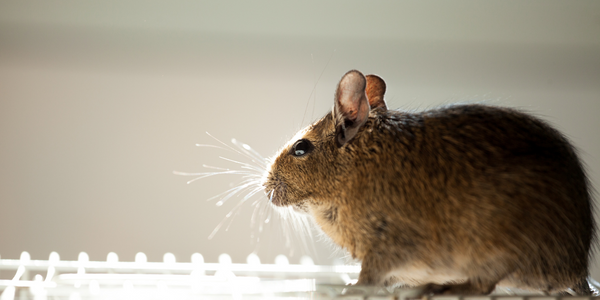Download PDF
Creating a Stylistic Digital Engagement Experience
Technology Category
- Application Infrastructure & Middleware - API Integration & Management
Applicable Industries
- Consumer Goods
Applicable Functions
- Sales & Marketing
Services
- Software Design & Engineering Services
The Challenge
Shortcuts, a software provider for the hair, beauty, and spa industries, wanted to increase sales and provide a non-intrusive way for potential customers to have their questions answered. The company decided to deploy a live chat engagement channel to provide 24-hour sales support from three locations worldwide. The goal was to field an average of 15 to 20 live chat conversations daily, with the hope of generating qualified leads and sales. The challenge was to find a suitable live chat solution and integrate it into their existing system.
About The Customer
Shortcuts is a software solutions provider for the hair, beauty, and spa industries. Founded in 1993 by a hairdresser named Jo Burgess, the company has grown to serve 14,000 customers in 45 countries from its headquarters in Brisbane, Australia, and offices in Manchester, U.K., and Huntington Beach, California. The company's solutions cover everything needed to run a successful salon, including appointment booking, cash register, tracking and ordering of supplies and inventory, marketing and loyalty programs, reporting, and more. The firm’s cloud-based booking system generates over $3 million in bookings each month.
The Solution
Shortcuts deployed a live chat solution from LivePerson, providing a 24-hour sales support channel from three locations worldwide. The company purchased three concurrent agents of the LivePerson LiveEngage platform and deployed them as part of a newly redesigned website. The live chat is available to website visitors 24 hours a day, staffed during local business hours at each location. In addition to the static Click-to-Chat buttons on the Shortcuts website, the company also extends proactive chat invitations to high-value visitors. The company also plans to integrate the new CRM with the LiveEngage platform to automate some of the lead generation process.
Operational Impact
Quantitative Benefit
Related Case Studies.
.png)
Case Study
Improving Vending Machine Profitability with the Internet of Things (IoT)
The vending industry is undergoing a sea change, taking advantage of new technologies to go beyond just delivering snacks to creating a new retail location. Intelligent vending machines can be found in many public locations as well as company facilities, selling different types of goods and services, including even computer accessories, gold bars, tickets, and office supplies. With increasing sophistication, they may also provide time- and location-based data pertaining to sales, inventory, and customer preferences. But at the end of the day, vending machine operators know greater profitability is driven by higher sales and lower operating costs.

Case Study
Series Production with Lot-size-1 Flexibility
Nobilia manufactures customized fitted kitchens with a lot size of 1. They require maximum transparency of tracking design data and individual processing steps so that they can locate a particular piece of kitchen furniture in the sequence of processes.

Case Study
American Eagle Achieves LEED with GE LED Lighting Fixtures
American Eagle Outfitters (AEO) was in the process of building a new distribution center. The AEO facility management team decided to look at alternate options for lighting layout that could provide energy and maintenance savings. AEO would need a full-time maintenance employee just to replace burned-out fluorescent tubes.

Case Study
Revolutionizing Rodent Control
From pet- and child-safe traps, to touch-free and live-catch rodent control solutions, Victor continues to stay committed to producing superior products that meet the varying needs of today’s pest control professionals. And, with a long standing history supporting customers in the food processing, service, and retail settings, Victor knew that strict regulations were costing organizations thousands of dollars in excess overhead trying to manage their rodent-control solutions. Trap inspections in these environments are often difficult and time consuming, requiring personnel to manually check a trap’s status multiple times per day, amounting to over six hours of manual labor. Victor is looking for an innovative way to increase operational efficiencies with the use of technology.







